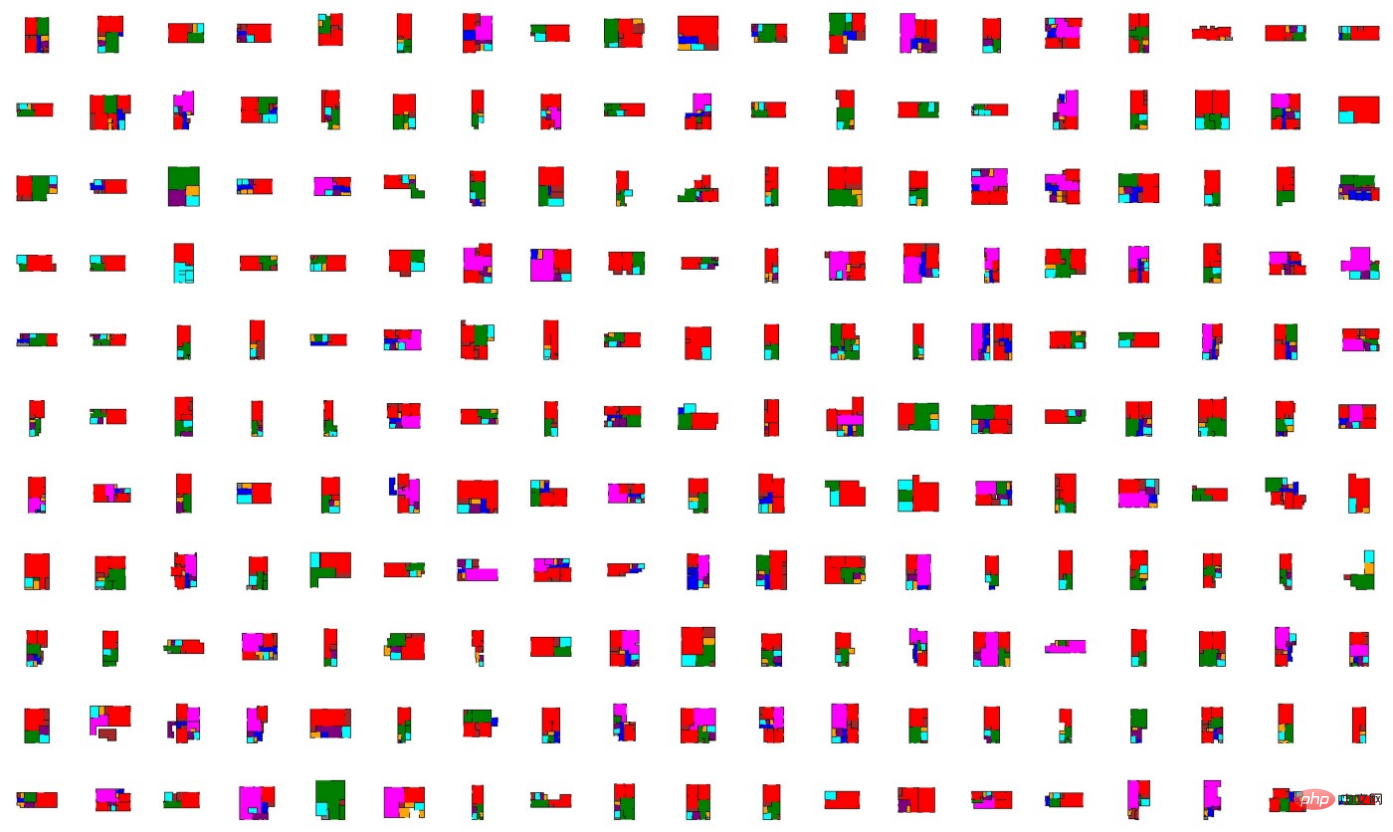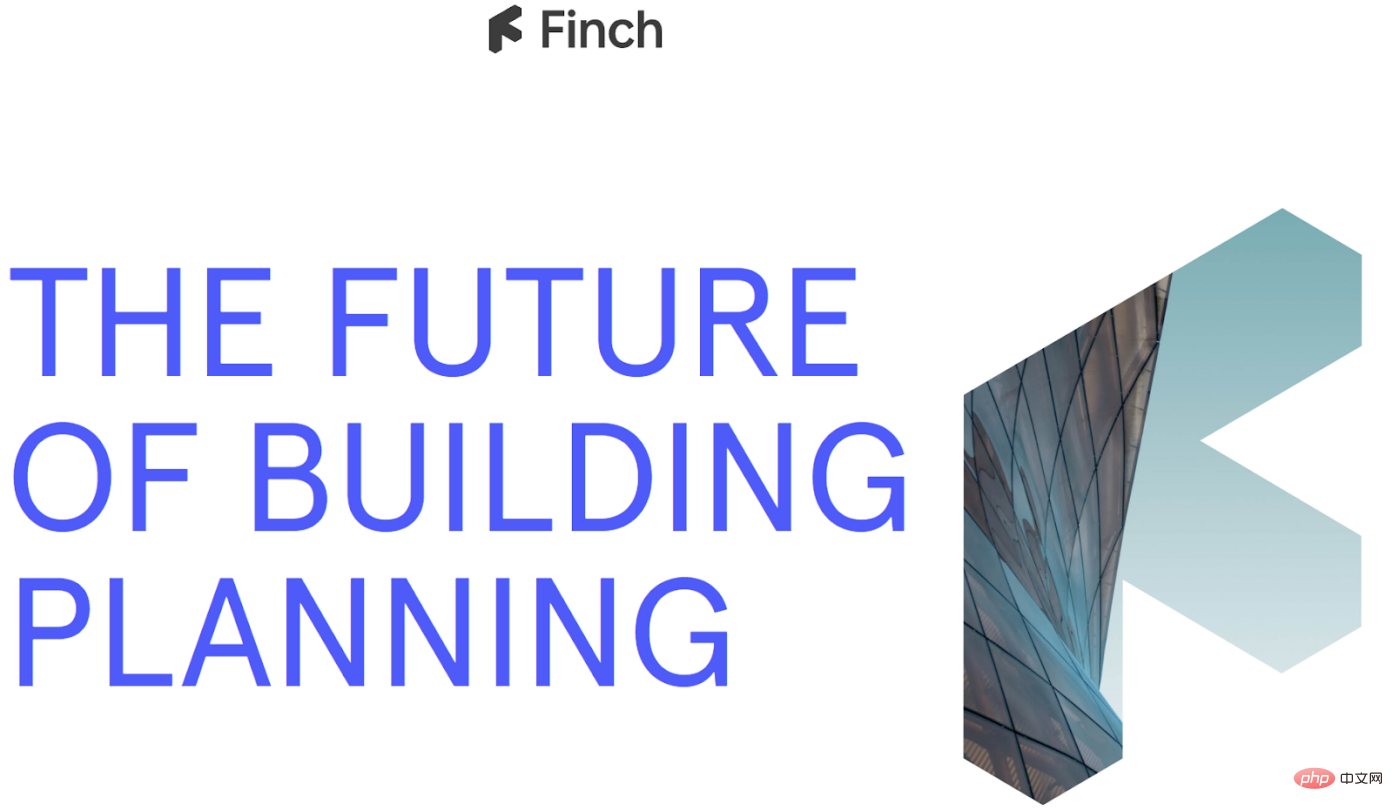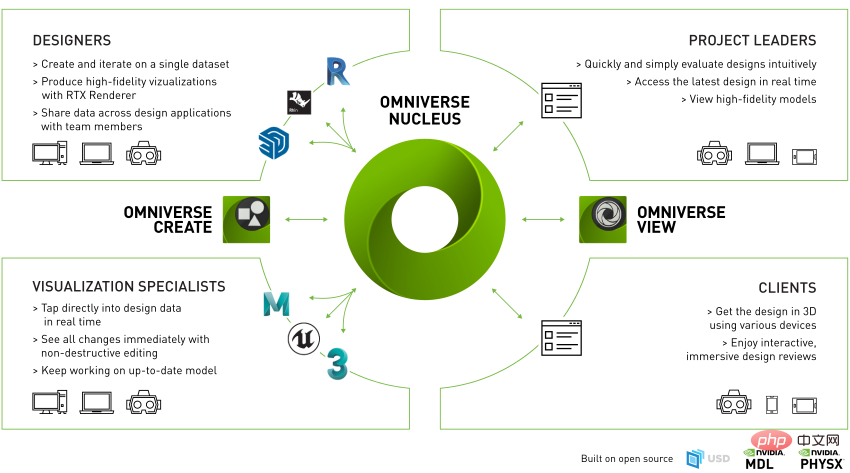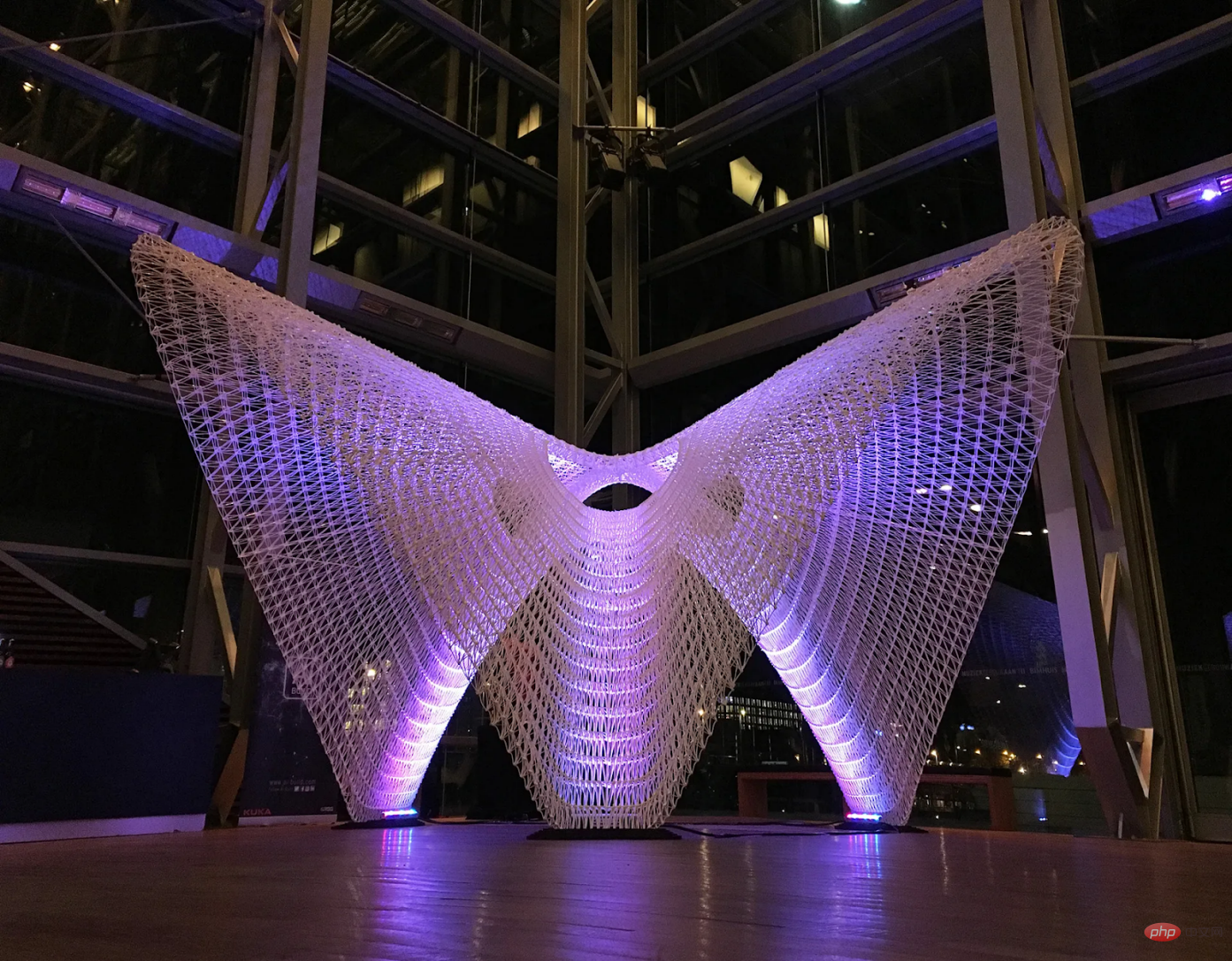

Translator | Cui Hao
Artificial intelligence (AI) is expected to completely change us The world, although there is no such dramatic thing as robots withsentience taking over societyoccur.But, the computer algorithmcanPerform complex tasks effectivelyThere is no doubt that this is intelligence.
For the field of construction, in many aspects of, artificial intelligencewill serve as theperfect tool to build this field.considersartistic elementswhen designing buildings and outdoor spaces Design,At this time, a lot ofis neededIntelligent operation.
If you break down the architectural designinto numbers,Then the computercomputercan participate. The geometric shape of the space, reasonableutilizationbuilding materials,The quantity of building materials used, wind direction, load-bearing, and even foot traffic are allCan we use theartificial intelligencematurefields.Of course,
artificial intelligenceas a design program In part, computers have done some of this work in preliminary ways. However, the promise of artificial intelligence is that computers will figure out solutions to#design problems in##ThereforerequireslimitedmanpowerIntervention.
At the time of writing, artificial intelligence in construction is moving forward through research and experimentation.Also take into account the complexity and expense of many construction projects.Despite this,
its development is stillExcited,The research results packageIncludes many commercial products from startups and major technology companies.Generative Design
The Construction Industryis a major focus of AIapplication. However, ML is not the same as AI, but a subset of a more important discipline.UsingMachine Learning (ML
), is to create and train the algorithm,and then through continuous modeling and testing, after Keeptryingtoincremental improvementsmethod to complete the task.Thisa processis similar to human learning by rote learning, just machine learning (ML)Can be done faster.Machine Learning (ML)
One of the frameworks is GAN or Generative Adversarial Network, which is a method that uses two Unsupervised learning ofartificial neural network#model.
The basic idea of this model is, a network called a generatoris created according to the requirements Content- For example, an image of a human face. Then,anotherneural network called the discriminatorjudgesThe output of the generatoris consistent with the created content (face image)whetherConsistent.
Two neural networksarea kind of competitionRelationship, the generator is trying to trickidentification, while theidentifierdefendsto avoid Misled by the generator.
In the example, the final generatorwould beCreate increasinglyrealistic

## cannot be distinguished and ultimately fool the discriminator.
## Apartment building data set | Image source: Stanislas Chayo##Stanislas Chaillou is one of many people trying to use GANs to create architectural designs.#For his master’s thesis work at Harvard, Chaillou used GANs to create and improve floor plan designs. At work, he discovered that space and function not only affectbut also affect the## design will also affect the style of the floor plan generated by
to."It seems that style irreversibly permeates the essence of the generative processhit…There will be no agnostic AI for architecture,” Chaillou said in an article on Towards Data Science
arrive############. "Instead, each model or algorithm will have its style, personality and know-how."#########It is an attractive concept, for example, you can have some models that like modern architectural design styles, such as Frank Gehry and Zaha Hadid ), a school influenced by the Bauhaus(Bauhaus)schoolinfluence, another fusion ofmultiple styles.
Chaillou co-foundedRayon, this is a collaboration software company specializing in graphic space design.
GAN is just a style of generative design where the idea is to slowly improve a computer-generated design over time. You can use an unsupervised learning model (such as a GAN) orcombined withCollaborationWay.
Another example of generative design isDelve, it is a real estate development tool from Google’s Sidewalk Labs. Delve can generate hundreds of designs in minutes.
#Each design considers a variety of retail, residential, parking and public space requirements. These designs also have a detailed cost model to estimate the cost of a given design.
The beauty of the state of the technology is that it doesn’t necessarily need to be on-siteThecomputing power to completesomeadvanced work. Importantly, web applications are becoming more sophisticated on the front end,whileblurring the distinction between local software and cloud software boundaries.

Some web apps are looking to revolutionize theconstruction industry. Delveis such an exampleFinch 3DThe same is true. Finch is used in the early stages of a projectFinch’s AI capabilities can generate multiple options based on design requirements.
Another company developed based on artificial intelligenceHigharc is designed to be created through an iterative process 3D models and plansto complete theof the automated house#design.Higharc founder and CEO Marc Minor told the Financial Times in 2020: “While a buyer or builder sees a simple 3D models, but behind the scenes there are complex algorithms constantly determining critical details that often require hours of manual work.”
Acquired by Autodesk in late 2020 AI architecture startup Spacemaker. This cloud-based software helps teams analyze and design real estate websites using design tools like Delve.
#Spacemaker can analyze up to 100 city blocks for criteria: zoning, views, daylight, noise, wind, Roads, traffic, heat islands, parking, etc.”
Enter Omniverse
can provide just that.##
 NVIDIA’s Omniverse
NVIDIA’s Omniverse
The collaboration and simulation platform is a "scalable, multi-GPU real-time reference development platform for 3D simulation and design collaboration."Omniverse can accommodate a small or large number of users and single or multiple GPUs. Omniverse is based on the capabilities of NVIDIA’s RTX GPUs and Pixar’s universal scene description software.
Omniverse is more than just an architecture tool. Instead, it is used to generate realistic 3D designs and simulations for fields such as architecture, engineering, animation, or industrial design.
Architects can integrate Omniverse with tools like Autodesk 3ds Max, Rhino and Trimble Sketchup to transform designs into 3D simulations.
Currently, many AI jobs in Omniverse require products to be input into Omniverse
. Generally speaking, these products All generated and designed within the workflow.However, the future promises some exciting developments. For example, NVIDIA’s Toronto-based AI research lab created a tool calledGANverse 3DTool that takes a 2D image and converts it into a 3D model. It’s easy to see how AI toolscanchangethe construction industryOr anyindustry that focuses on 3D modeling.
Many art projects alsowill beartificial Theapplication of intelligence in buildings is influenced by, such as London'sAIBuild's Deadalus Pavilion.

##Credit:AIBuild
This small structure is designed using NVIDIA GPUCome out, uses computer vision and deep learning to improve the capabilities of 3D# models created by industrial robots, includingThe ability to print structural elements with speed and accuracy.
Artificial Intelligence and the Future of ArchitectureArtificial IntelligenceisThe future of many industriesbringshope, and construction is no exception. Although the construction industry is still in the stage of applying artificial intelligence#Early stages, but artificial intelligenceshows greatpotential in enhancing architectural design.However, althoughthere areartificial intelligence-driven Tools
assist in completing the design work,human beings still need to# on the design results.##Improvements andapprovals.Whileconstruction tools are getting more advanced, they won’t replace human architects anytime soon.Translator IntroductionCui Hao, 51CTO community editor, senior architect, has 18 years of experience in software development and architecture, 10 Years of distributed architecture experience. Formerly a technical expert at HP. He is willing to share and has written many popular technical articles with more than 600,000 reads. Author of "Principles and Practice of Distributed Architecture".Original title: Artificial Intelligence in Architecture, author: Kevin Vu
##Link: https://dzone.com/articles/artificial-intelligence-in-architecture##
The above is the detailed content of Artificial Intelligence in Construction. For more information, please follow other related articles on the PHP Chinese website!




